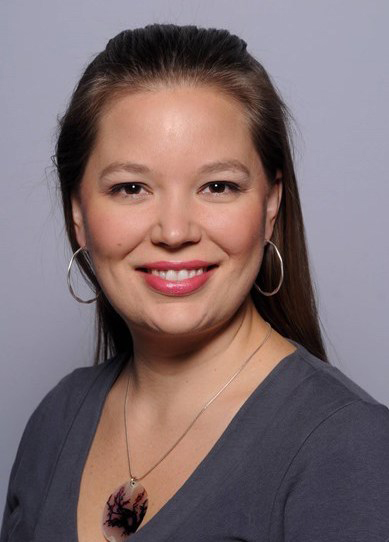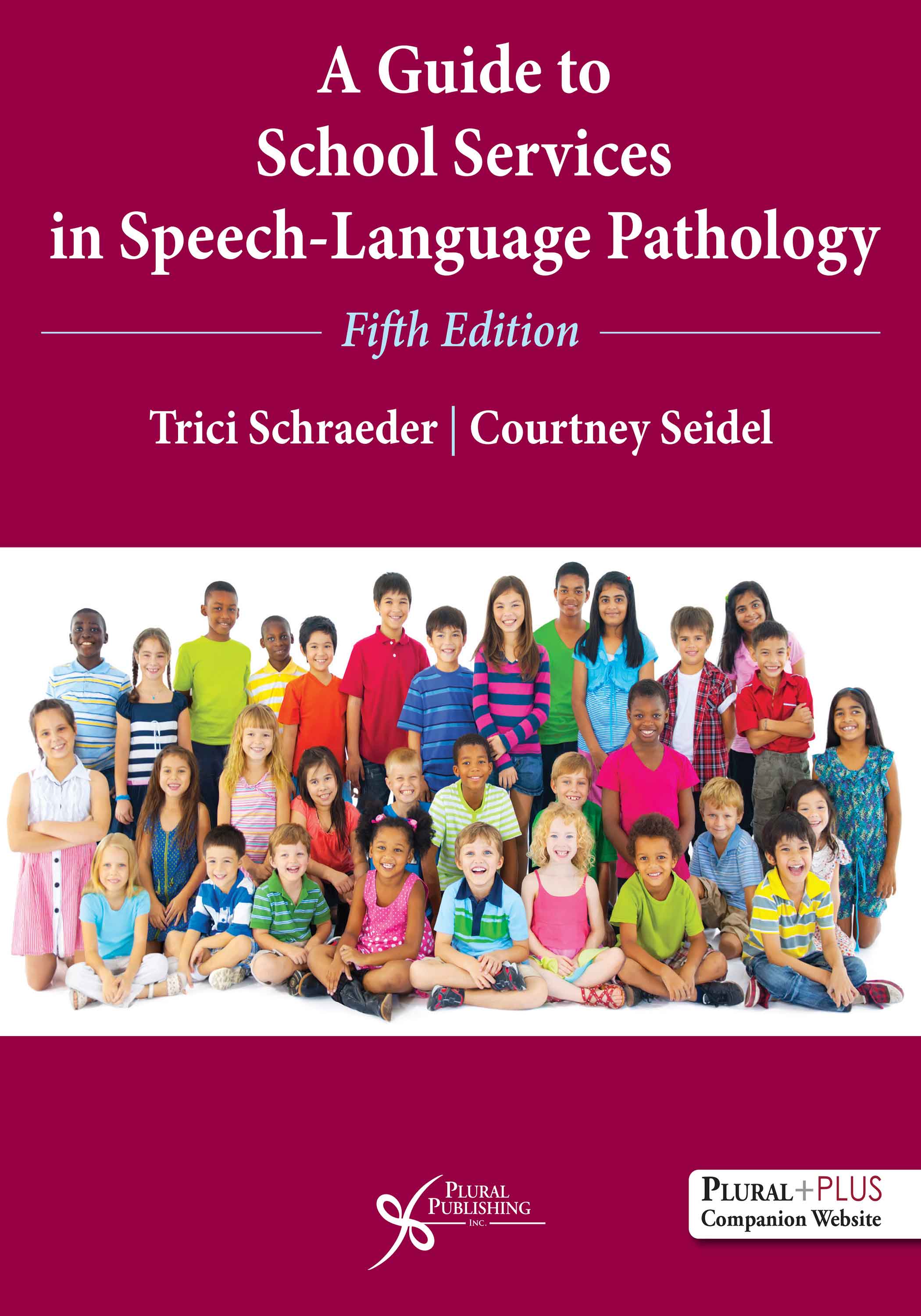
A Guide to School Services in Speech-Language Pathology
Fifth Edition
Trici Schraeder, Courtney Seidel
Details: 313 pages, B&W, Softcover, 8.5" x 11"
ISBN13: 978-1-63550-670-9
© 2026 | Available
For Instructors
Purchase
A Guide to School Services in Speech-Language Pathology, Fifth Edition serves as a must read for school-based speech-language pathologists (SLPs), college instructors, and students-in-training. The text begins by providing a brief history of school-based SLP services. The foundations of school services are highlighted, including the legal mandates set forth in the Individuals with Disabilities Education Improvement Act (IDEA); Every Student Succeeds Act, Americans with Disabilities Act; and landmark court cases that have influenced school services – such as the 2023 Midthun-Hensen & Hensen v. GHC court ruling regarding evidence-based practices. Pedagogical features include related vocabulary at the beginning of each chapter to promote equity in comprehension, end of chapter summaries with guiding questions to reinforce important information, facilitate class discussions, and enhance understanding, concrete, real-life success stories from public school SLPs, and links to useful strategies, materials, and resources.
This comprehensive textbook addresses issues paramount to school-based SLPs:
- Options to expand and diversify service delivery models
- Step-by-step instructions to implement a workload analysis
- Examples of IEP goals that support flexible scheduling and workload solutions
- Tables that describe evidence-based practices and provide links to the supportive research
- Template for writing IEP goals that align with IDEA mandates
- Methods for assessing multilingual language learners including dynamic, authentic, and criterion-referenced tools
- Guidance for implementing proactive behavior management, conflict resolution, professional collaboration, conferencing and counseling and cultural competencies
- Evidence bases that link language, literacy, and the achievement of school standards
New to the Fifth Edition
- New content regarding COVID-19 impacts and the expansion of telepractice
- Current references throughout that reflect state-of-the-art research
- Updated evidence-based content for practices in the areas of:
- articulation and phonology
- language and literacy
- voice, feeding, and swallowing
- augmentative and alternative communication
- social and cognitive aspects of communication
- hearing habilitation
- general clinical strategies
- Modernized use of pronouns and terms that reflect our diverse society
- Scenarios that promote reflection of neurodiverse practices
- Digital resources including contemporary apps and video modeling
PluralPlus Online Ancillary Materials
For instructors: PowerPoint slides, Test bank
For students: Downloadable forms, Checklists, and User-friendly tools
List of Tables and Figures
Preface
About the Authors
Acknowledgments
Chapter 1. Origin, Progress, and Development of School Services
Related Vocabulary
Introduction
The Quiet Revolution
Movement Toward Inclusion
No Child Left Behind Act
Accountability
Increased Flexibility and Local Control
Parental Choice
Highly Qualified Teachers
Evidence-Based Practice
Changes to No Child Left Behind Act
No Child Left Behind Act Becomes Elementary and Secondary Education Act Once Again
ESEA Offers New Flexibilities
Every Student Succeeds Act of 2015
Individuals with Disabilities Education Improvement Act
Paperwork Reduction
Qualified Provider
Early Intervention
Transitions
Research and Development
Funding
Successes and Failures
Roles and Responsibilities of Today’s School-Based Speech-Language Pathologist
Prevention
Identification
Assessment
Evaluation
Development of Goals for Individualized Education
Caseload Management
Intervention
Counseling
Reevaluation
Transition
Dismissal
Supervision
Documentation
Research
Leadership and Advocacy
Requisite Knowledge for the School-Based Speech-Language Pathologist
Essential Skills for the School-Based Speech-Language Pathologist
Dispositions Toward Persons with Disabilities: Considerations in Practice for the School-Based Speech-Language Pathologist
Summary
Questions for Application and Review
References
Chapter 2. A Workload Analysis Approach to Caseload Standards in Schools
Related Vocabulary
Introduction
Caseload and Service Quality: Specific Effects
Limitation of Service Delivery Options
Roadblock to Professional Activities to Meet Student Needs
Negative Impact on Students’ Progress
Burnout and Attrition of School-Based Speech-Language Pathologists
Inhibition of Compliance With the Individuals With Disabilities Education Act 2004 and the Mandate for Free Appropriate Public Education
What Is Caseload?
What Is Workload?
Direct Services
Indirect Services That Support Educational Services
Indirect Services That Support the Mandate of Least Restrictive Environment
Activities That Support Compliance With Laws
Considerations Regarding Options for Unmet Needs
Twelve Steps to a Workload Analysis
Step 1
Step 2
Step 3
Step 4
Step 5
Step 6
Step 7
Step 8
Step 9
Step 10
Step 11
Step 12
Some Workload Solutions
Service Delivery Options
3:1 Model
Supportive Teaching
Complementary Teaching
Consultation
Team Teaching
Resource Room
Diagnostic Speech-Language Pathology Services
Speech Club
Teaming for Reading Instruction
Administrative Options
Early Release Day
Program Support Teachers
Diversified Roles
Contract Options
Workload Week
Compensation Language
Weighted Formula
Success Story: A Workload Analysis Approach Applied to a Weighting System
How to Advocate
Summary
Questions for Application and Review
References
Appendix 2–A. Middleton/Cross Plains Area School District Speech-Language Severity Rating Scales
Chapter 3. Assessment, Evaluation, and Individualized Education Programs in Schools
Related Vocabulary
Introduction
Prereferral
Referral for Evaluation for Special Education and Related Services
The Individualized Education Program Team
Assessment Activities
Evaluation Process
Evaluation Report
Re-evaluation: General Provisions
The Individualized Education Program
A Historical Prospective: Ongoing Evolution of Individualized Education Programs
Summary
Questions for Application and Review
References
Appendix 3–A. Example IEPs
Appendix 3–B. Applying the IEP Team Decision-Making Flow Chart to a Case Study
Appendix 3–C. Discussion of Sarah’s IEP and Alignment to Common Core State Standards
Appendix 3–D. Collaborative Goal Example
Chapter 4. Speech-Language Service Delivery Formats Used in Public Schools: Intervention Approaches
Related Vocabulary
Introduction
Selecting Program Formats
Self-Contained Program Model
Receding Schedule Model
Blast or Burst Schedule Model
Resource Room Model
Block Schedule Model
Consultation Model
Team Teaching Model
Station Teaching Model
Parallel Teaching Model
Prevention Model
Cooperative Learning Team Model
Teaming for Reading Model
Pull-Out Program Model
Diversified Role Model
Computer-Assisted Learning Model
Telepractice Model
Video Modeling
Multimodal Communication Model
Teaming with Multilingual Programs
Selecting the Intervention Approach
Summary
Questions for Application and Review
References
Chapter 5. Evidence-Based Practice
Related Vocabulary
Introduction
“Credible Evidence” and “Scientifically Based”: What Do These Terms Mean?
Threats to Internal Validity
Threat to External Validity
Generalization
Criteria for Evaluating the Quality of the Reasoning
Ranking the Quality of the Evidence
ASHA Initiative
ASHA Framework for Assessing Levels of Evidence
Step 1
Step 2
Step 3
Step 4
“Evidence-Based” Is More Than Literature Reviews
When Is It Advantageous to Examine Levels of Evidence?
Challenges
State of the Art
Specific Evidence of What Works in Speech-Language Intervention
Phonology Intervention
Background
General Recommendations
Language Intervention
Background
General Recommendations
Social Aspects of Communication in Autism Spectrum Disorders
Background
General Recommendations
Fluency Remediation
Background
General Recommendations
Voice Therapy
Background
General Recommendations
Hearing Loss Treatment
Background
General Recommendations
Augmentative and Alternative Communication Technology
Pediatric Swallowing and Feeding Disorders (Dysphagia)
Background
General Recommendations
General Clinical Strategies
Summary
Questions for Application and Review
References
Appendix 5–A. Useful Web-Based Resources
Chapter 6. Strategies for Fostering Positive Student Behaviors and Conflict Resolution
Related Vocabulary
Introduction
Prior, Proper Planning, and Proactive Strategies
Creating a Culture of Community
The Adverse Affects of Bullying on School Community and School Climate
Approaches to Discipline and How to Impact School Culture
Positive Student Confrontation
Family Intervention
Comprehensive Social Contract
Cognitive Behavior Modification
Role Reversal
Videotape
Audiotape
Using Older Students as Resources
Physical Considerations
Effective Conflict Resolution to Use with Adults
Step 1
Step 2
Step 3
Step 4
Step 5
Step 6
Step 7
Step 8
Summary
Questions for Application and Review
References
Chapter 7. Cultural and Linguistic Competencies: Assessment and Intervention
Related Vocabulary
Introduction
Interview and Case History
Considerations for Bilingual Students and Families
Working with Interpreters and Translators
Assessment Tools
Approaches to Assessment
Communication Delay
Communication Difference
Communication Disorder
Approaches to Treatment
Cultural Considerations Related to Intervention
Cultural Competence Related to Curriculum Content and Intervention
Summary
Questions for Application and Review
References
Chapter 8. Conferencing, Counseling, and Creating a Sense of Community
Related Vocabulary
Introduction
Creating a Positive First Contact
Tips and Techniques for Parent-Teacher Conferences and Individualized Education Program Meetings
Introductory Conference
Reporting Conference
Information-Gathering Conference
Problem-Solving Conference
Parents Who May Be “Advice Shopping”
Parents Who May Be Reluctant
Parents Who May Be Seeking a Listening Post
Parents Who Appear to Be Angry
Parents Who Make an Unscheduled Drop-in Visit
Other Considerations in Parent-Teacher Conferences
Types of Questions
Student Records and Confidentiality
Tips and Techniques for Personal Adjustment Counseling
Stage I: Let the Student’s Story Unfold
Stage II: Engage in Active Problem-Solving
Stage III: Take New Actions
Summary
Questions for Application and Review
References
Chapter 9. Oral Language Curriculum Standards Inventory (OL-CSI): An Authentic Assessment Approach for School-Based Speech-Language Pathologists
Related Vocabulary
Introduction
References
Appendix 9–A. Oral Language Curriculum Standards Inventory (OL-CSI)
Chapter 10. Aligning Literacy, State Standards, and School-Based Speech-Language Pathology Services
Introduction
Accommodations and Resources for Students with Special Education Needs
An Integrated Model of Literacy Through the CCSS
The Role of the Speech-Language Pathologist with Respect to Vocabulary Development, Language, and Literacy
Recommended Evidence-Based Service Delivery Formats and Clinical Strategies
Case Study
Sight Words or High-Frequency Words
Phrasal Verbs
General Academic Vocabulary
Useful Words
Vocabulary for the Common Core
Listening, Speaking, Reading, and Writing Vocabulary
Fostering Deeper Processing and Higher-Order Thinking Skills
The Importance of Teaching Syntax and Morphology
An Effective Speech Language-Pathologist Program Aligns Language, Literacy, and the Common Core State Standards
Case Study
Alignment to the Common Core State Standards
How the Program Unfolded
How the Home Carryover Program Worked
How Progress Was Measured
How to Support an Older Student Who Is Functioning at a First-Grade Level
How Universal Design for Learning Connects to the CCSS
The Impact of the Opioid Crisis on Language and Literacy Development
Summary
Questions for Application and Review
References
Index
A Guide to School Services in Speech-Language Pathology, Fifth Edition comes with access to supplementary student and instructor resources on a PluralPlus companion website.
The companion website is located at: https://www.pluralpublishing.com/publication/gssslp5e
STUDENTS:
The student resources include downloadable forms, checklists, and user-friendly tools.
To access the student resources, you must register on the companion website and log in using the access code located in the front of your textbook.
INSTRUCTORS:
The instructor resources include PowerPoint slides and a test bank. You will also have access to all of the student resources listed above.
To access the instructor resources, you must contact Plural Publishing, Inc. to be verified as an instructor and receive your access code.
Email: instructormaterials@pluralpublishing.com
Tel: 866-758-7251 (toll free) or 858-492-1555
*Note for students: If you have purchased this textbook used or have rented it, your access code will not work if it was already redeemed by the original buyer of the book. Plural Publishing does not offer replacement access codes for used or rented textbooks.
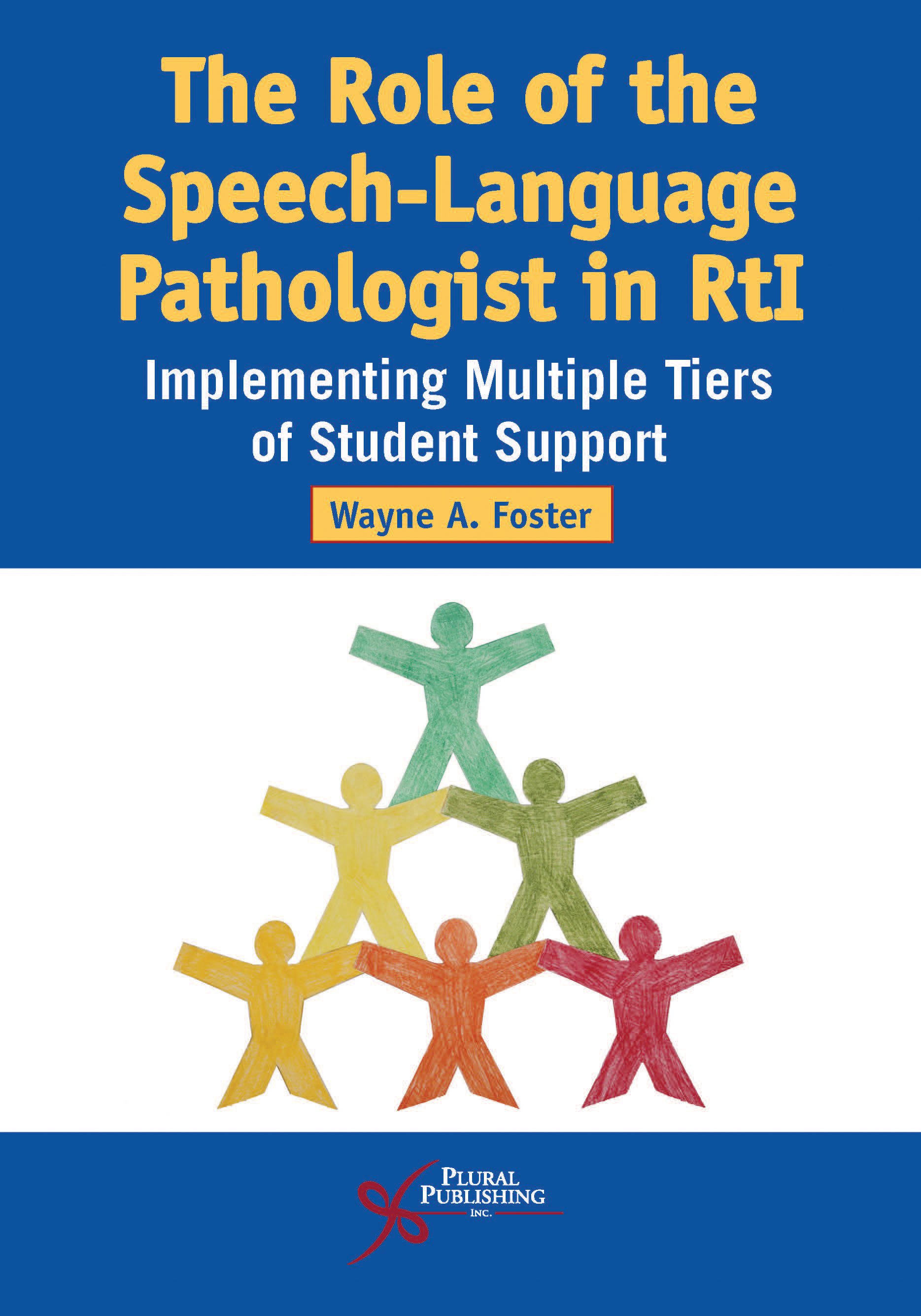
The Role of the Speech-Language Pathologist in RtI: Implementing Multiple Tiers of Student Support
First Edition
Wayne A. Foster
Details: 226 pages, B&W, Softcover, 7" x 10"
ISBN13: 978-1-63550-021-9
© 2018 | Available
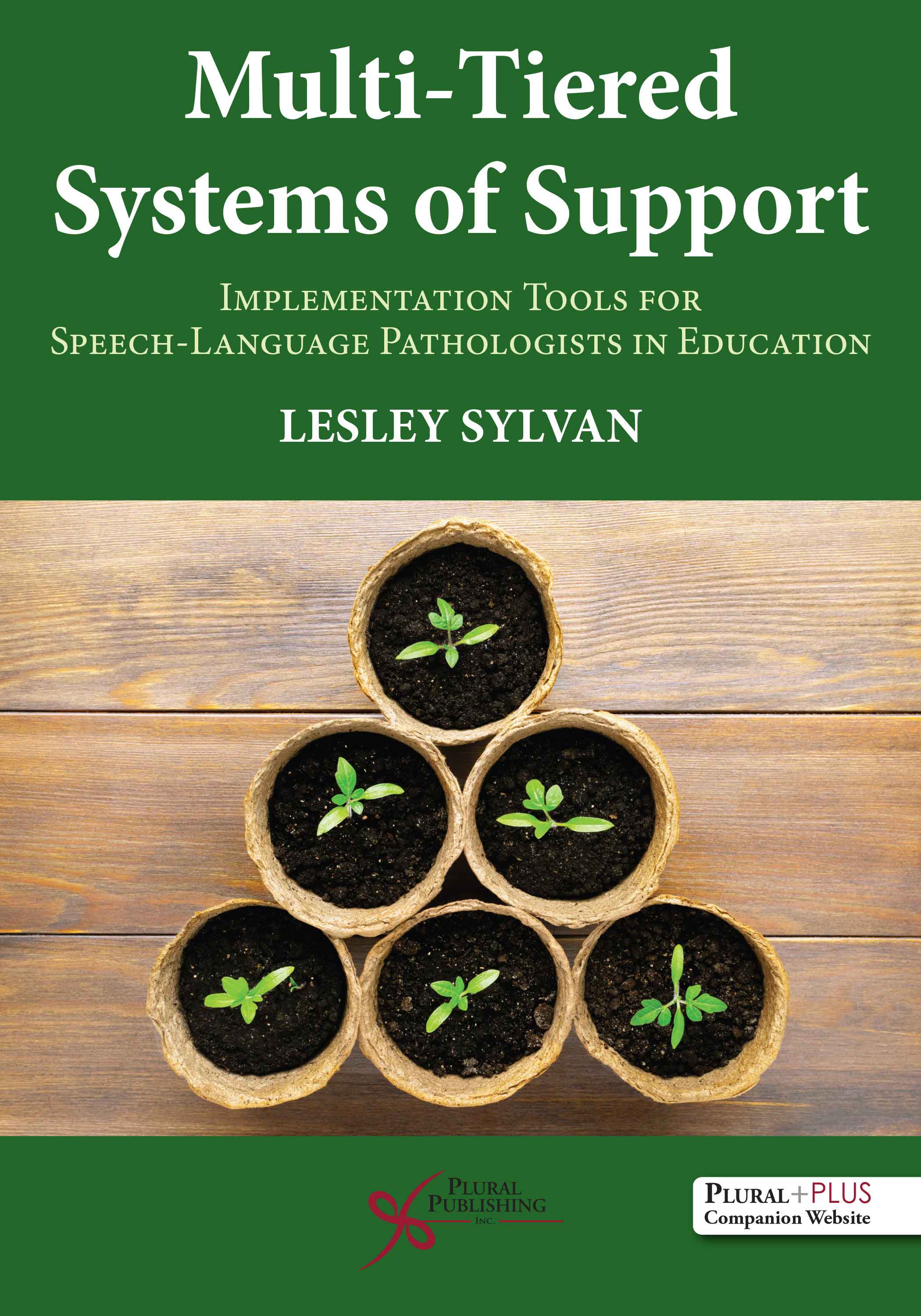
Multi-Tiered Systems of Support: Implementation Tools for Speech-Language Pathologists in Education
First Edition
Lesley Sylvan
Details: 247 pages, B&W, Softcover, 7" x 10"
ISBN13: 978-1-63550-294-7
© 2021 | Available
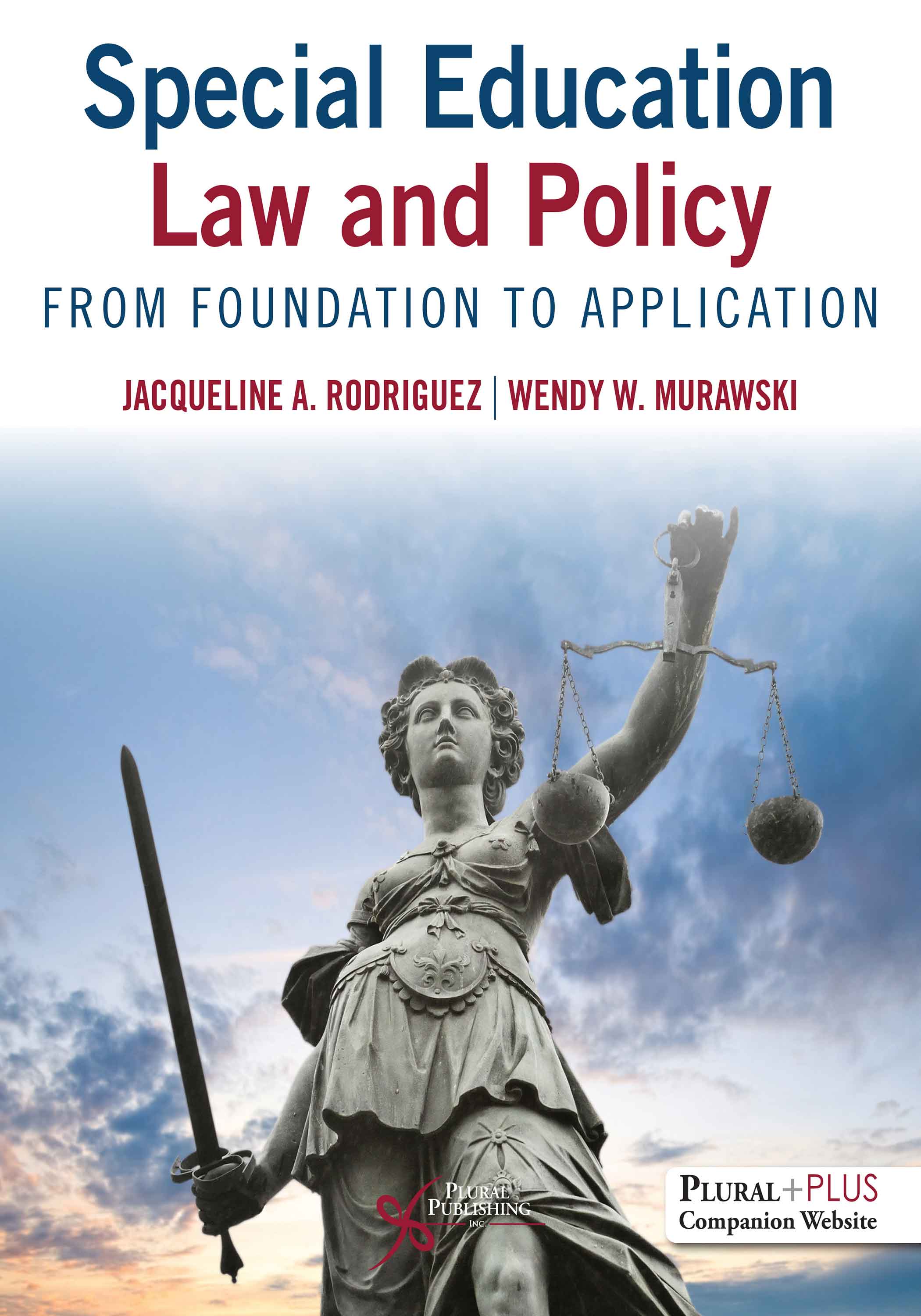
Special Education Law and Policy: From Foundation to Application
First Edition
Jacqueline A. Rodriguez, Wendy Murawski
Details: 567 pages, 2-Color, Softcover, 7" x 10"
ISBN13: 978-1-63550-231-2
© 2022 | Available
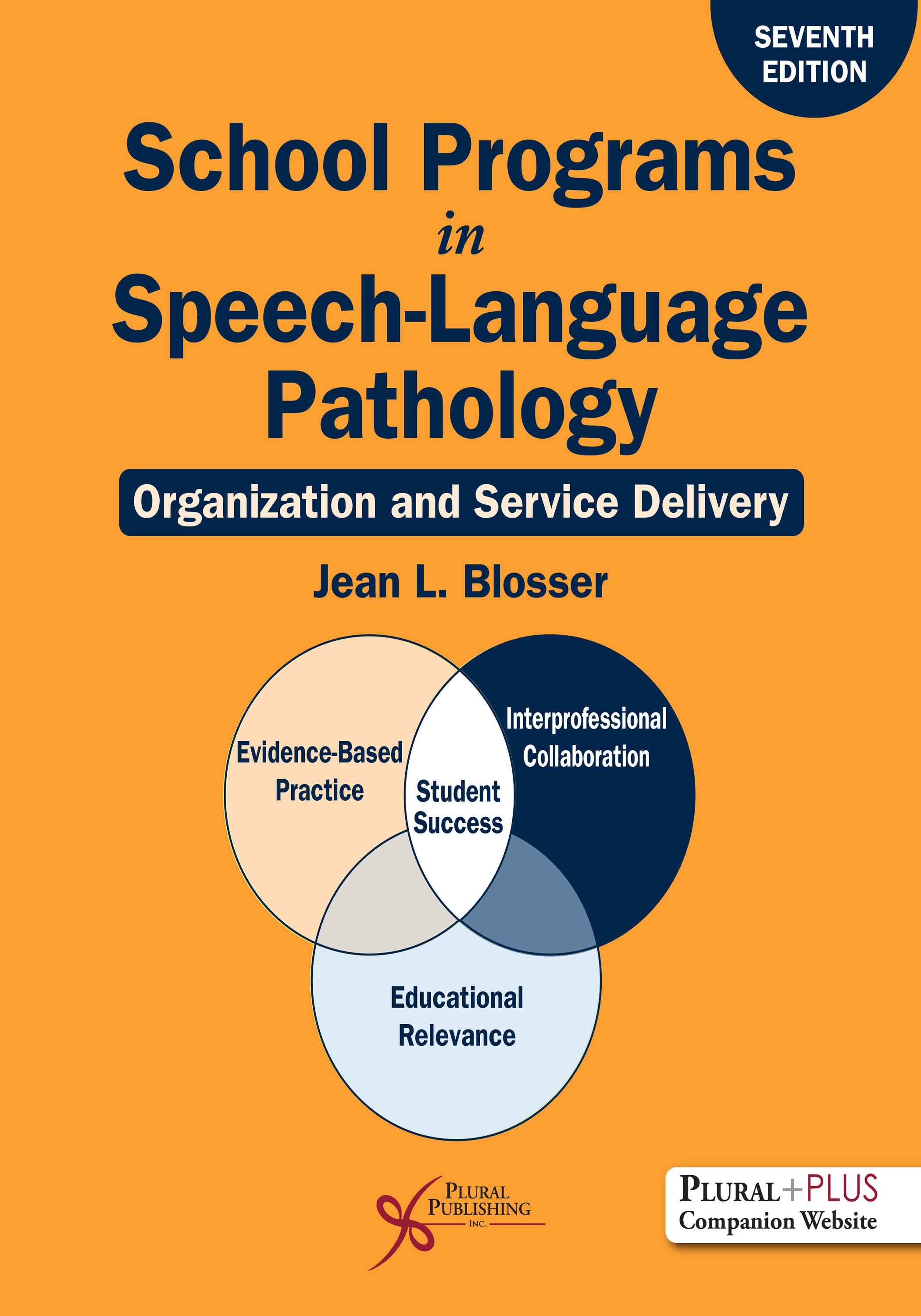
School Programs in Speech-Language Pathology: Organization and Service Delivery
Seventh Edition
Jean Blosser
Details: 457 pages, B&W, Softcover, 8.5 " x 11"
ISBN13: 978-1-63550-611-2
© 2025 | Available


